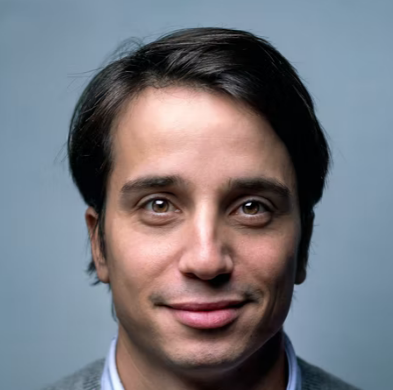
Jimmy Khan
Jul 29, 2022 14:54
Even as markets try to predict the U.S. central bank's upcoming policy decisions, investors and policymakers should embrace the Federal Reserve's shift to providing fewer firm signals on forward guidance, according to two former Fed officials.
Former Atlanta Federal Reserve president Dennis Lockhart said on Thursday at the Reuters Global Markets Forum (GMF) that the guidance we've previously seen "creates an expectation that's unjustified."
The Fed is navigating and figuring things out as they go along, so I think it's better to accept the uncertainty, he said.
Former Fed Board of Governors member Jeremy Stein told GMF that the central bank's flexibility is limited by too detailed guidance at a time when the course of inflation and economic growth is still unknown.
"The key question is how much higher we can raise interest rates in a year. Actually, we don't know. Giving the market a false sense of security is ineffective, according to Stein, a professor at Harvard University at the moment.
Jerome Powell, the chair of the Fed, avoided indicating the magnitude of upcoming rate hikes after the central bank boosted interest rates by 75 basis points on Wednesday. Similar emphasis has been placed on a meeting-by-meeting "data-driven" approach by other central banks.
According to Stein, markets frequently run the risk of ignoring the more crucial issue of how high rates will ultimately rise and how they will affect financial conditions.
A 100-basis-point rate hike is possible, according to Lockhart, even though the chance is slim at the Fed's September meeting. He and Stein had doubts about how rapidly inflation would decline.
Stein said that during the Great Financial Crisis of 2008, both unemployment and price increases spiked, and a repeat of this situation may put the Fed's resolve to get inflation back to its target of 2 percent to the test.

Jul 28, 2022 14:25

Jul 29, 2022 15:12